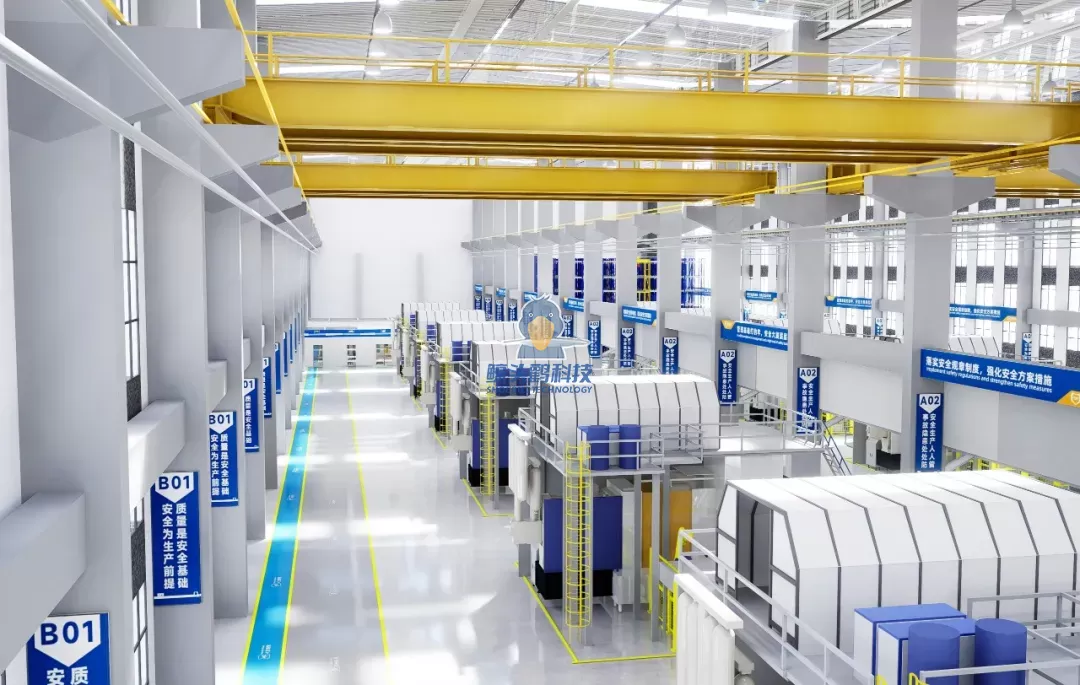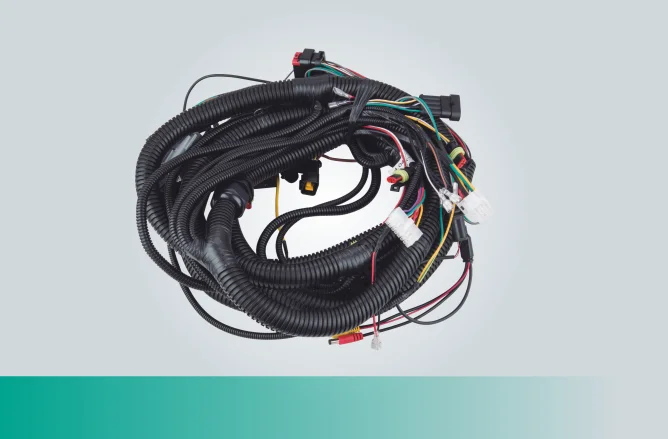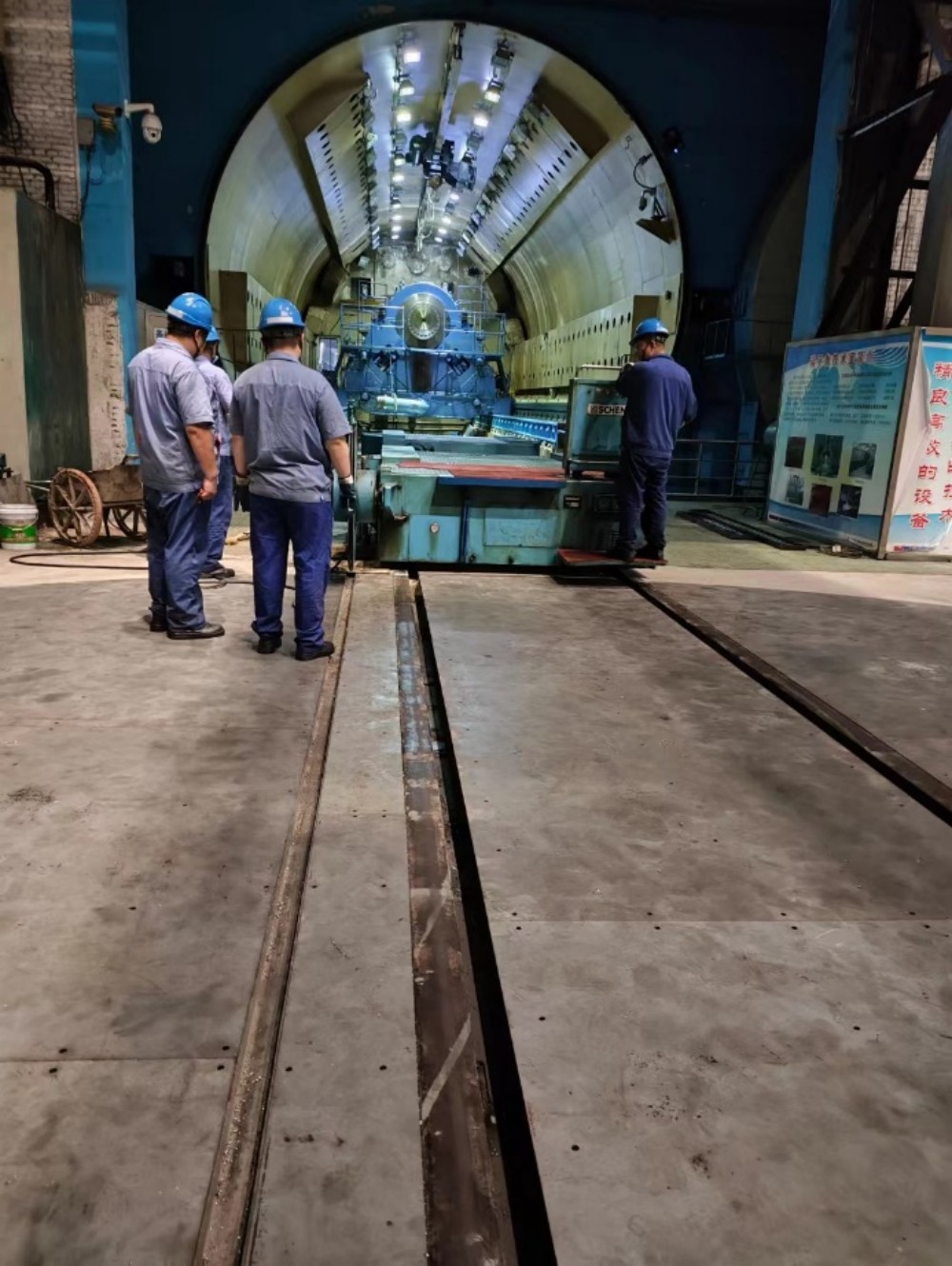In today’s rapidly evolving industrial landscape, precision, stability, and reliability are key drivers of competitiveness. One of the cornerstone technologies enabling these qualities is the fiber optic gyroscope (FOG). Leveraging the principles of light interference, FOGs provide highly accurate measurements of angular velocity, making them indispensable in navigation, positioning, and control applications across industries. Companies like LINS, a high-tech enterprise specializing in the research and integration of inertial sensing technologies, are at the forefront of delivering these solutions to global markets.
Understanding Fiber Optic Gyroscope Technology
A fiber optic gyroscope is based on the Sagnac effect, a physical principle discovered in the early 20th century. In essence, when light travels in opposite directions along a coiled fiber, any rotational motion causes a measurable phase shift. This interference pattern is captured and processed to provide angular velocity data. Unlike traditional mechanical gyroscopes, FOGs have no moving parts, resulting in greater durability, lower maintenance, and higher accuracy.
FOGs operate effectively in extreme environments, from deep-sea exploration to aerospace applications, making them highly adaptable to a wide variety of industrial demands. Their performance is enhanced by advancements in optical fiber manufacturing, signal processing, and integration with inertial navigation systems.
Advantages of Fiber Optic Gyroscopes in Industrial Applications
Fiber optic gyroscopes offer several advantages over other orientation and navigation technologies. They provide exceptional accuracy and stability, crucial for operations requiring fine-tuned control. Their resistance to shocks and vibrations makes them reliable in harsh industrial conditions, while their maintenance-free design reduces operational costs.
Additionally, FOGs are immune to electromagnetic interference, a critical factor in industrial environments where machinery, power lines, and communication systems often generate strong electromagnetic fields. This immunity ensures that measurement integrity is maintained under all conditions.
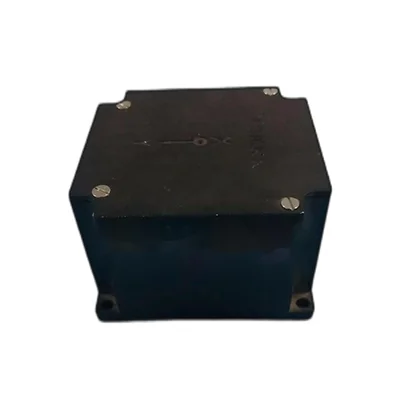
Integration into Industrial Navigation Systems
Fiber optic gyroscopes are integral to modern inertial navigation systems (INS). An INS combines FOGs with accelerometers to deliver precise real-time positioning and navigation without relying on external signals like GPS. This is particularly beneficial in environments where GPS signals are blocked or unavailable, such as underground facilities, tunnels, or offshore platforms.
LINS, through its expertise in inertial sensing technologies, develops and integrates FOG-based INS solutions tailored to industrial needs. These systems enable seamless navigation and control for machinery, vehicles, and robotic platforms operating in challenging environments.
Applications in Manufacturing
In precision manufacturing, even the slightest deviation in orientation or movement can compromise product quality. Fiber optic gyroscopes play a crucial role in monitoring and controlling robotic arms, CNC machines, and automated assembly lines. By providing stable orientation data, they ensure repeatable accuracy in high-volume production environments.
For industries such as semiconductor fabrication or aerospace component manufacturing, where tolerances are measured in microns, the use of FOG-based systems ensures that processes remain stable and free of error-inducing drift.
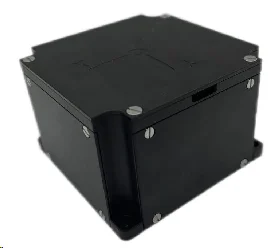
Applications in Oil and Gas Operations
The oil and gas sector operates in some of the harshest environments on Earth. Exploration and drilling often take place deep underground or beneath the ocean floor, where external navigation signals are not accessible. Fiber optic gyroscope-based navigation systems enable precise drilling direction control and pipeline inspection.
By integrating LINS’ advanced inertial sensing technology, energy companies gain the ability to map subsurface conditions with high accuracy, reducing risks and improving efficiency in resource extraction and infrastructure monitoring.
Applications in Aerospace and Aviation
Aerospace and aviation industries require uncompromised accuracy and reliability for navigation and flight control. Fiber optic gyroscopes are widely used in aircraft systems to provide real-time orientation data, supplementing or even replacing traditional gyroscopes.
In satellites and spacecraft, where GPS signals may be unavailable or unreliable, FOG-based inertial navigation systems ensure stable and accurate trajectory control. This capability supports both manned and unmanned missions, as well as space-based industrial activities such as satellite servicing and orbital debris removal.
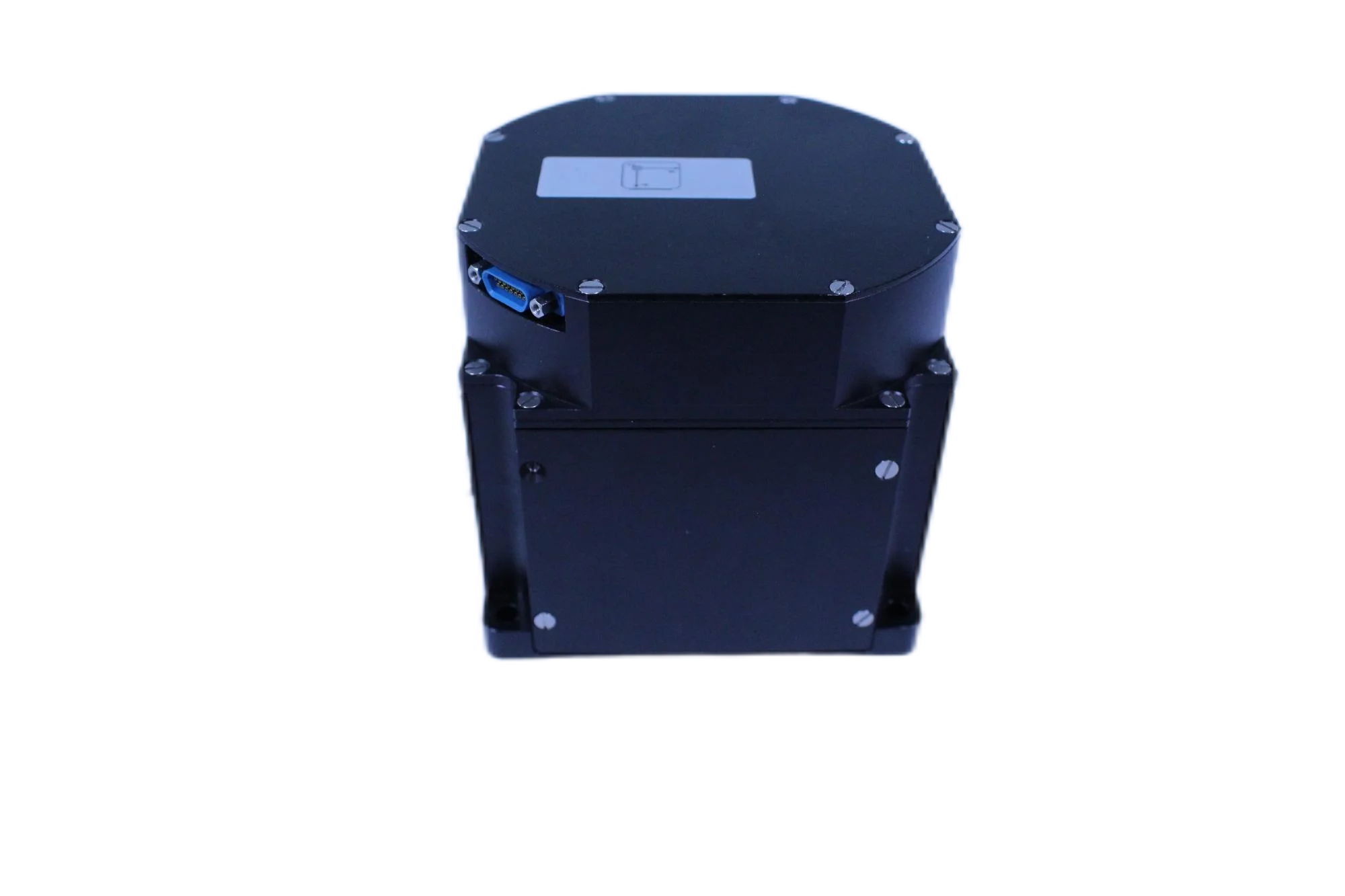
Applications in Marine Operations
Marine navigation demands precision due to dynamic conditions such as tides, currents, and weather. Fiber optic gyroscopes provide stable orientation data for submarines, research vessels, and autonomous underwater vehicles (AUVs). By enabling accurate navigation even at great depths, FOGs support offshore resource exploration, seabed mapping, and environmental monitoring.
For commercial shipping, integrating FOG-based systems enhances autopilot performance, collision avoidance, and port docking operations, contributing to safer and more efficient maritime logistics.
Applications in Defense and Security
Defense and security operations rely heavily on technologies that provide real-time situational awareness. Fiber optic gyroscopes are essential components in tanks, naval vessels, aircraft, and missile systems, ensuring precise navigation and targeting.
With the integration of LINS’ advanced solutions, defense organizations can deploy systems that maintain operational effectiveness under electronic warfare conditions, where GPS and communication signals may be deliberately disrupted.
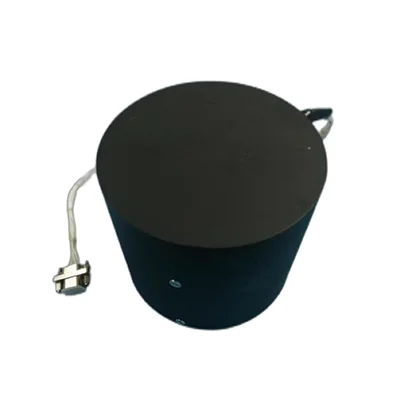
Role in Robotics and Automation
As industries adopt increasing levels of automation, robotics is becoming central to operations. Whether in logistics warehouses, manufacturing plants, or field exploration, robots require precise motion and orientation control. Fiber optic gyroscopes provide the necessary stability and accuracy for autonomous decision-making and task execution.
From automated guided vehicles (AGVs) in warehouses to inspection robots in nuclear power plants, FOG-based navigation enables robots to operate reliably in complex and unpredictable environments.
Contribution to Safety and Efficiency
By enabling precise navigation and control, fiber optic gyroscopes contribute directly to safety in industrial operations. Accurate orientation data reduces the likelihood of errors that could lead to accidents, equipment damage, or environmental hazards.
Efficiency gains are equally significant. With reduced downtime, improved resource utilization, and minimized need for corrective interventions, industries can achieve higher productivity and cost-effectiveness. LINS’ solutions exemplify this value, combining cutting-edge research with practical system integration to deliver robust performance.

Conclusion
Fiber optic gyroscopes have established themselves as a cornerstone of precision industrial operations. Their reliability, accuracy, and adaptability make them vital for applications ranging from manufacturing to defense. Through the innovations of enterprises like LINS, industries gain access to advanced inertial sensing solutions that enhance both performance and safety. As industrial demands grow more complex, the role of FOGs in ensuring precision and stability remains indispensable.
Understanding Fiber Optic Gyroscopes: From Basics to Industrial Uses
www.lins-imu.com
LINS


